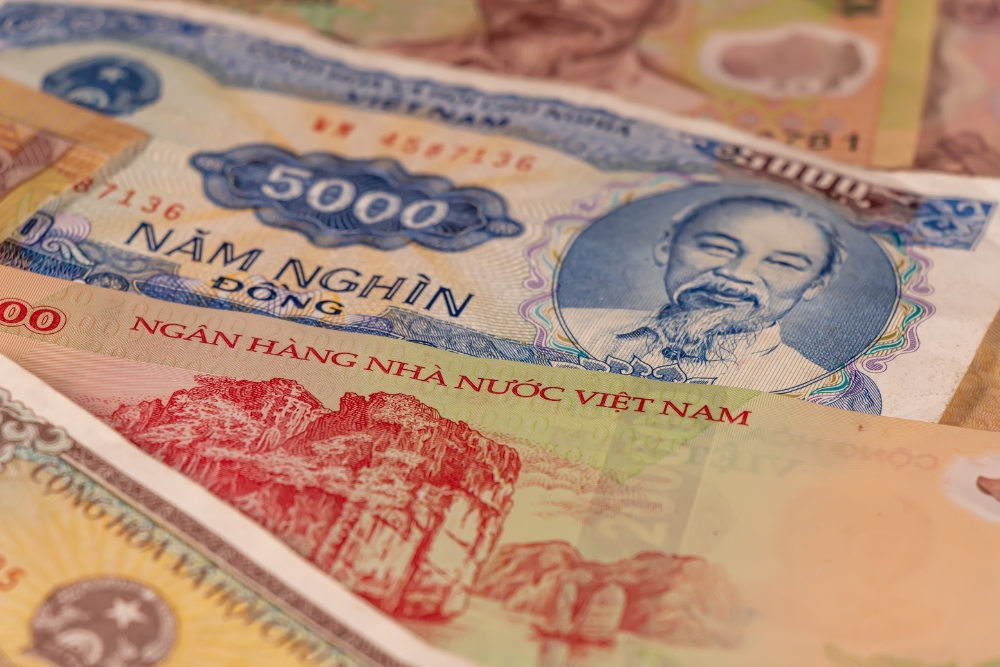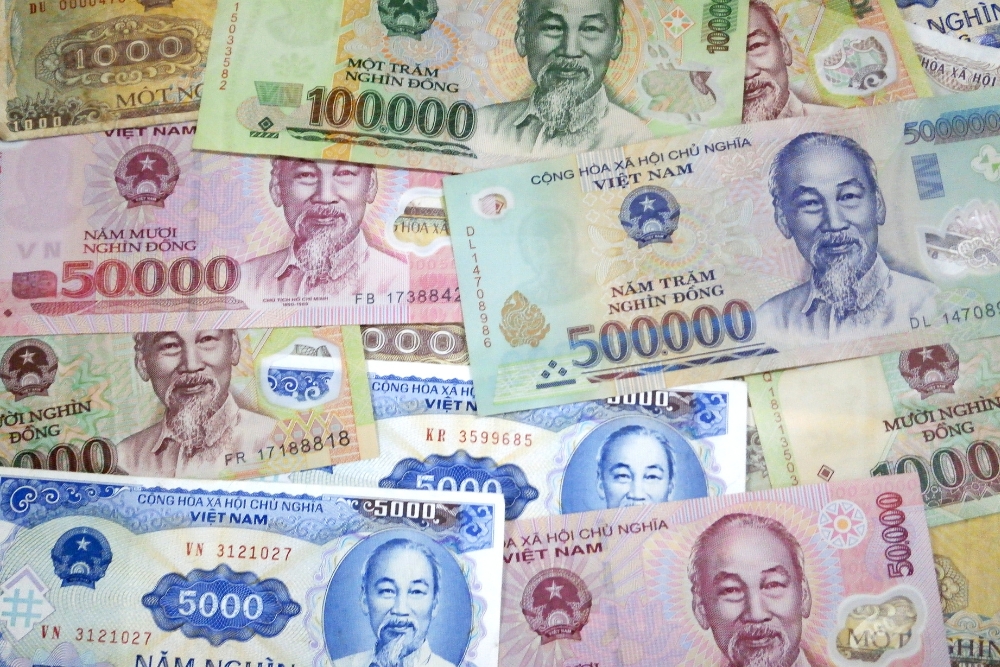A Comprehensive Guide to the Tet Bonus in Vietnam:2025 Insights
Tet, or the Vietnamese Lunar New Year, is the most significant holiday in Vietnam, steeped in rich traditions and cultural practices. One of the key elements tied to Tet is the Tet bonus, an annual expectation among Vietnamese employees that carries both cultural and legal implications. As an employer operating in Vietnam or managing Vietnamese employees, understanding the nuances of Tet bonuses can enhance employee satisfaction, ensure compliance, and strengthen workplace morale.
This guide will walk you through everything you need to know about Tet bonuses in 2025 Tet, including their cultural importance, legal framework, best practices, and practical tips for structuring a Tet bonus plan.
What is a Tet Bonus in Vietnam?
The Tet bonus is a financial incentive provided to employees during the Tet holiday season. While it is not strictly obligatory, it has become a deeply ingrained tradition in Vietnamese workplaces. Employers often provide these bonuses as a gesture of appreciation and goodwill, aligning with cultural expectations and the festive spirit of the Lunar New Year.
The Challenges of Multi-Country Labor Law Compliance
For Vietnamese employees, receiving a Tet bonus symbolizes recognition of their efforts over the past year. It also plays a critical role in their ability to celebrate the holiday, as Tet involves family gatherings, gift-giving, and elaborate feasts. Employers who align their bonus practices with these cultural norms can enhance employee satisfaction and loyalty.
How is the Tet Bonus Calculated?
The calculation of the Tet bonus varies widely depending on the company’s policy, financial situation, and the industry. Here are some common methods:
- A Percentage of the Employee’s Salary: Many employers calculate the Tet bonus as a percentage of the employee’s monthly or annual salary, often ranging between 50% to 100%.
- Performance-Based Bonuses: Bonuses are tied to the employee’s productivity, contributions, or specific job completion metrics.
- Flat Rate: Some companies opt to give a fixed amount to all employees, regardless of position or seniority.
- Combination Method: Combining a base amount with performance-based incentives is another common practice, especially in competitive industries.
In Hanoi and Ho Chi Minh City, where living costs are higher, bonuses may also be adjusted to align with the locality. While the bonus levels may vary, the overall goal is to align the bonus with the company’s business performance and the employee’s contributions.
What is the Difference Between Tet Bonus and 13th Month Pay?
The Tet bonus and 13th-month pay are often confused, but they serve different purposes:
Tet Bonus
- Purpose: Typically discretionary and tied to the Tet holiday.
- Calculation: Based on performance, tenure, or company profits.
- Timing: Paid before Tet to help employees prepare for the holiday.
13th Month Pay
- Purpose: A contractual or policy-based incentive paid to all employees as part of annual earnings.
- Calculation: Generally equivalent to one month’s salary, irrespective of performance.
- Timing: Paid at the year-end, though timing may vary by company.
While the Tet bonus plan is culturally significant, the 13th-month pay is more of a standardized financial reward that many companies use globally. Understanding the distinction is critical for employers managing compensation packages in Vietnam.
Legal Framework for Tet Bonuses in Vietnam
Under the Vietnamese Labor Code, specifically Article 104, Tet bonuses are not mandatory. However, if a bonus policy is stipulated in the employment contract or company regulations, it becomes obligatory for the employer to provide it.
Employers must also consider guidance from the Vietnam General Confederation of Labor, which emphasizes fairness and transparency in bonus distribution to ensure employees’ legitimate rights are protected.
Compliance and Public Announcement Requirements
The Ministry of Labor, Invalids, and Social Affairs advises companies to publicly announce their Tet bonus plans well before the holiday. This ensures transparency and allows employees to plan their new year holiday accordingly.
Structuring a Tet Bonus Plan
When planning a Tet bonus plan, employers should weigh several factors, including the company’s financial performance, employee productivity, and cultural expectations.
Common Practices for Tet Bonuses
- One Month’s Salary: Many companies in Vietnam offer a Tet bonus equivalent to one month’s salary.
- Performance-Based Bonuses: Bonuses tied to individual or team job completion and business results are another common approach.
- Flat Amounts: Some employers provide fixed bonuses, which can vary based on the situation of the company.
High or Low Bonus Levels: What to Consider
The bonus levels can vary widely across industries and regions. In cities like Hanoi or Ho Chi Minh City, bonuses tend to be higher due to the cost of living and competitive labor markets. For smaller businesses or those in rural areas, the amounts may be comparatively lower.
Regardless of whether the bonus is high or low, clear communication is crucial. Employees need to understand how the amounts are determined to avoid dissatisfaction or misunderstandings.
Best Practices for Providing Tet Bonuses
- Understand Employee Expectations: Vietnamese employees often expect to receive their Tet bonuses at least a few days before Tet to prepare for the holiday. Timely disbursement is critical to meeting their needs.
- Consider Locality and Sector-Specific Norms: In cities like Hanoi, Ho Chi Minh City, and Danang, competitive bonus policies can help attract and retain talent. Employers should also consider sector-specific norms, as production and business industries often tie bonuses to business performance.
- Align with Company Policies: If your company has a written policy on Tet bonuses, ensure it is aligned with the labor laws and reflects your financial capacity. This includes outlining the criteria for employees who have worked for a certain period and those on probation.
Managing Bonuses for Employees Working with EOR/PEO Services
For international businesses operating in Vietnam, managing Tet bonuses can be complex. Partnering with an Employer of Record (EOR) or Professional Employer Organization (PEO) simplifies this process by ensuring compliance with local labor laws and customs.
EORs and PEOs handle the administrative aspects of providing Tet bonuses, including calculating amounts, ensuring timely disbursement, and aligning with local regulations.
Challenges and Solutions
- Financial Constraints: For many companies facing difficulties, the financial burden of Tet bonuses can be significant. Solutions include offering non-monetary rewards, such as additional leave days or vouchers, or adjusting bonus levels based on business situation and working conditions.
- Ensuring Fairness: To avoid grievances, bonuses should be distributed based on transparent criteria, such as employees’ working time, job completion, or contribution to company goals. Grassroots trade unions can help supervise the implementation of salary and Tet bonus policies.
- Pandemic and Economic Challenges: The recent pandemic has highlighted the importance of flexibility in bonus policies. Employers can use performance metrics and business results to determine bonus levels that are fair yet financially feasible.
The Role of Bonuses in Employee Engagement
Providing Tet bonuses is more than a compliance exercise; it is an opportunity to encourage employees, boost employee engagement, and foster a positive workplace culture. Thoughtful bonus policies contribute to long-term employee satisfaction and retention, which are essential for business growth.
Tet Bonus Trends for 2025
As Vietnam continues to recover economically, we can expect shifts in Tet bonus practices:
- A renewed focus on linking bonuses to business performance and individual contributions.
- Increased adoption of flexible bonus plans to accommodate diverse employee needs.
- More businesses using Tet bonuses as a strategic tool for recruitment and retention.
Highest Lunar New Year Bonus Trends
Some sectors, like technology and finance, are expected to offer the highest Lunar New Year bonuses due to strong business results. Smaller businesses may focus on creative solutions, such as phased payouts or additional perks.
Ensuring a Successful Tet Bonus Strategy
As an employer in Vietnam, navigating Tet bonuses requires a balance between cultural sensitivity, legal compliance, and financial pragmatism. A well-structured Tet bonus plan not only meets employees’ expectations but also reinforces your company’s commitment to their rights and benefits.
For tailored guidance on managing Tet bonuses and aligning with Vietnamese labor practices, please contact us. Partnering with a trusted EOR or PEO provider ensures you stay ahead of local regulations while fostering a motivated and satisfied workforce.










